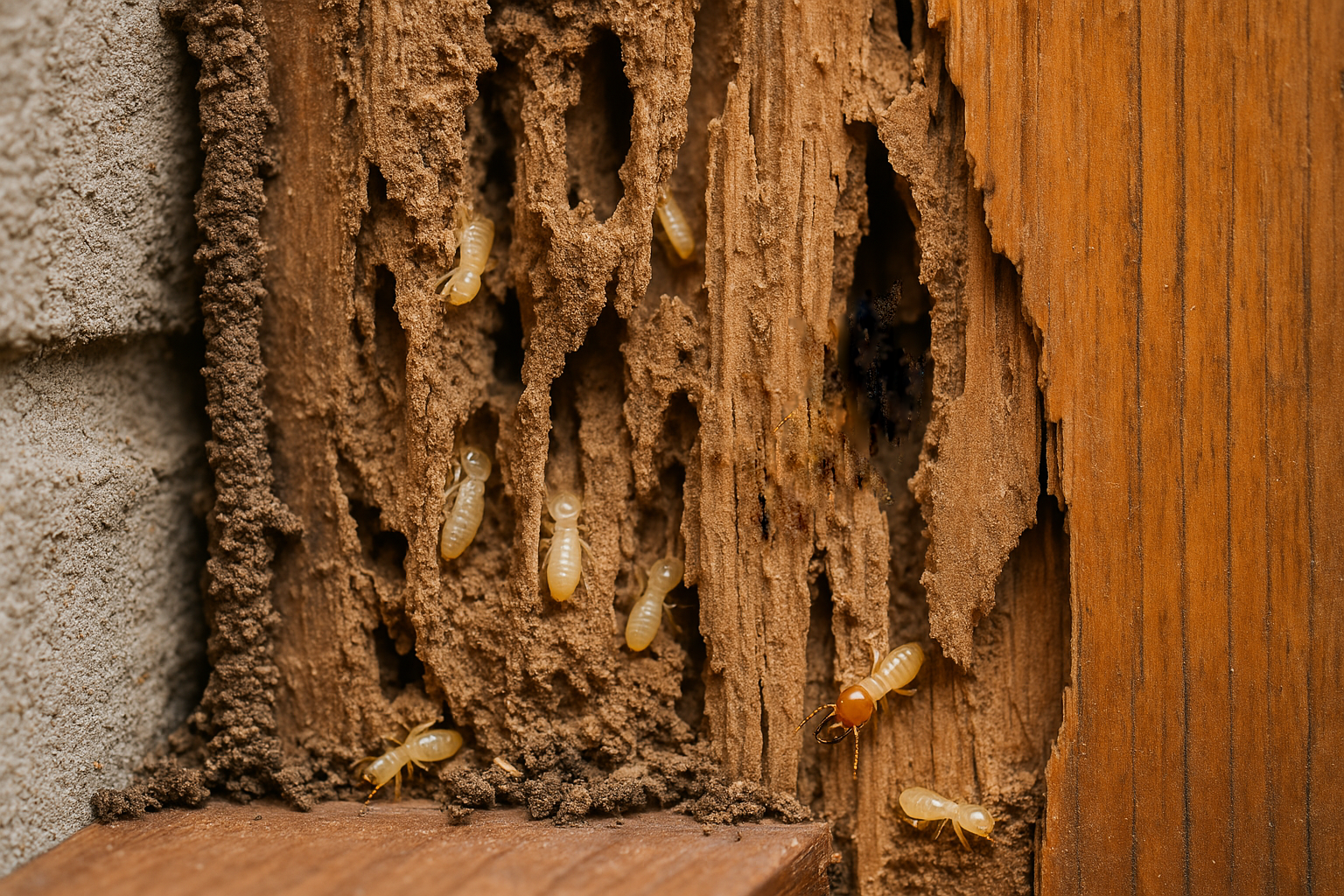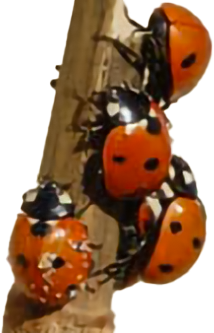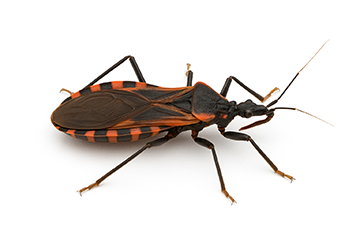
Fall means cooler weather, busier schedules, and kids heading back to school. For parents, it’s also a time to be extra vigilant about bed bugs. These pests are expert hitchhikers, and as backpacks, sports bags, and jackets go in and out of classrooms, lockers, and gyms, the risk of bringing bed bugs home increases. For families with college students, the risk doubles when students return home on weekends or during breaks, often with piles of laundry or dorm belongings in tow.
In this article, you’ll learn how bed bugs get into your home, the signs to watch for, proven prevention tips, and what to do if you find them. We’ll also cover treatment options from Adam’s Pest Control — including professional inspections, heat treatments, and traditional approaches.
What Are Bed Bugs?
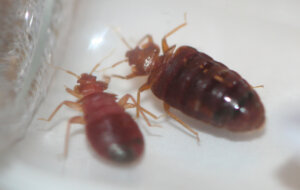
Bed bugs are small, reddish-brown insects about the size of an apple seed. They feed on human blood, usually at night while people are sleeping. Unlike lice or fleas, they don’t live on their hosts. Instead, they hide in cracks and crevices close to where people sleep or rest, coming out only to feed.
Bed bugs don’t fly or jump. Instead, they travel by latching onto clothing, bags, or furniture. Once inside a home, they reproduce quickly, making early detection critical.
How Bed Bugs Get Into Your Home
Bed bugs are master hitchhikers. They don’t come in because your home is dirty — they come in because they’ve caught a ride.
Common Pathways for Families with School-Age Children
- Backpacks and school bags: Kids place them in lockers, classrooms, or even directly on the floor, where bed bugs may already be hiding.
- Sports equipment and gym bags: Shared locker rooms and benches are common places bed bugs can be picked up.
- Jackets and clothing: Coats stacked in a classroom corner or hung side by side can be a transfer point.
- Sleepovers: Bed bugs can spread through borrowed sleeping bags, blankets, or clothes.
Risk Factors for College Students
- Dorm life: Bed bugs spread quickly in shared spaces with frequent student turnover.
- Laundry trips home: Students often bring home clothes, bedding, and duffel bags that could harbor pests.
- Used furniture: Couches, futons, and mattresses in college apartments are notorious sources.

How to Identify Bed Bugs
Bed bugs are excellent at hiding, so knowing what to look for makes all the difference.
Signs of Bed Bugs
- Live bugs: Adult bed bugs are flat, oval, and reddish-brown, about 5–7mm long.
- Shed skins: Nymphs shed their exoskeletons as they grow.
- Eggs: Tiny, white, and clustered in hidden seams.
- Fecal spots: Small dark dots on mattress seams, sheets, or upholstery.
- Blood stains: Small smears on sheets from crushed bugs.
- Odor: Heavy infestations sometimes smell musty or sweet.
Where to Look
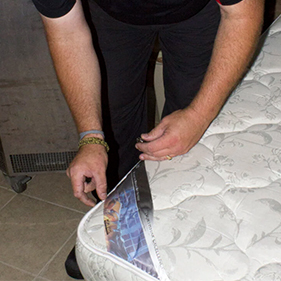
- Mattress seams, box springs, and headboards
- Seams of backpacks, sports bags, or luggage
- Upholstered chairs and couches
- Baseboards, outlet covers, and cracks near beds
On People
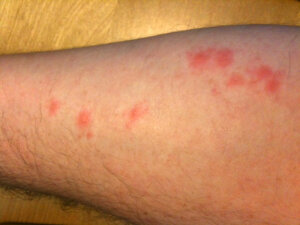
Bed bug bites often appear in clusters or lines, typically on arms, legs, or the neck. While some people don’t react, others may develop itchy, red welts.
How to Prevent Bed Bugs
Prevention is far easier (and less stressful) than elimination. Here are practical steps families can take:
For Parents of School-Age Children
- Inspect backpacks daily: Check seams, zippers, and pockets before they come inside.
- Keep bags off beds and couches: Have kids drop them in a designated area near the entry.
- Wash sports uniforms often: Hot water and high-heat drying kill bed bugs at all life stages.
- Use a backpack cover or plastic bin: Store school bags in a sealed container when not in use.
For College Students Coming Home
- Unpack outside or in the garage: Don’t bring bags directly into bedrooms.
- Do laundry right away: Wash everything in hot water and dry on high heat.
- Vacuum duffel bags or suitcases: Focus on seams and corners.
- Avoid secondhand furniture: If it must come in, inspect thoroughly before use.
Everyday Household Prevention
- Reduce clutter to limit hiding spots.
- Use protective mattress encasements.
- Vacuum regularly, including baseboards and furniture seams.
- Be cautious with used furniture and always inspect thoroughly.
What to Do If You Find Bed Bugs
Despite your best efforts, you may still encounter bed bugs. Here’s what to do:
- Stay calm. Bed bugs are stressful, but panicking won’t help.
- Don’t toss your furniture. That can spread the problem.
- Contain items. Seal clothing, linens, or bags in plastic until they can be treated.
- Do laundry immediately. Hot wash and high-heat dry cycles are effective.
- Vacuum thoroughly. Dispose of the vacuum bag in a sealed trash bag.
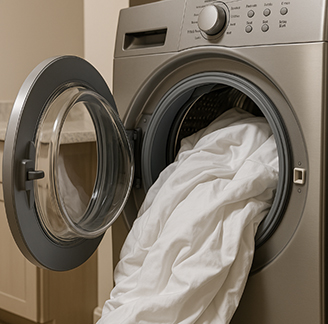
While these steps can help reduce bed bug numbers, they rarely eliminate an infestation. That’s when it’s time to call professionals.
Bed Bug Treatment Options from Adam’s Pest Control
If you suspect bed bugs, Adam’s Pest Control offers thorough inspections — and the best part is, the inspection fee is applied toward your treatment plan.
Heat Treatment
- Uses specialized equipment to raise room temperature high enough to kill all bed bug life stages.
- Usually completed in a single visit.
- Chemical-free, safe for families and pets (with preparation).
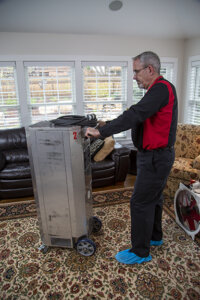
Traditional Treatment
- EPA-proven products applied by trained technicians.
- Multiple visits ensure thorough elimination.
- Provides residual protection against future infestations.
In Summary
As school routines settle in and students bring bags, jackets, and laundry back and forth, the risk of bed bugs grows. By knowing how these pests spread, spotting the signs early, and taking preventive steps, you can greatly reduce your chances of an infestation.
If you suspect bed bugs, don’t wait. Call Adam’s Pest Control for a professional inspection. Your inspection fee is applied toward the cost of treatment, whether you choose our proven heat method or traditional plans. Protect your family’s comfort — and your peace of mind — this fall.

